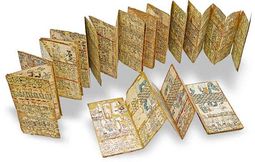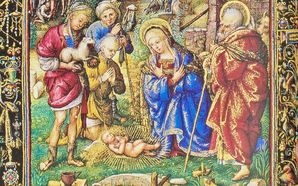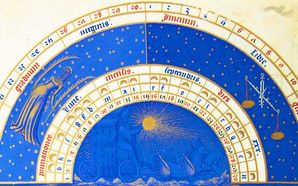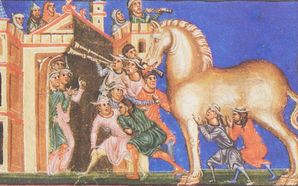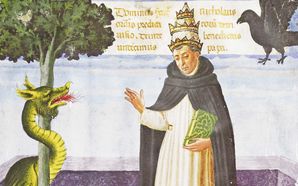Pre-Columbian Manuscripts
Reaching back into the mysterious fog of prehistory and ending with the arrival of Columbus’ exploratory expedition in 1492, the Pre-Columbian era is an important and fascinating era of world history.
The indigenous civilizations of modern Central and South America had manuscript cultures of their own that were quite different from those of the Europeans who happened to stumble across their shores. These manuscripts were often many meters long, folded according to the Leporello principle and embellished with enigmatic characters. Unfortunately, most of the manuscripts of the Aztecs, Mayas, Incas, and other peoples were consumed in the fires of the Spanish Inquisition, burned by zealous clerics seeking to stamp out native paganism.
Nevertheless, a precious selection of illuminated manuscripts has preserved the history, religion, culture, and customs of various Pre-Columbian peoples, which are counted among the rarest and most coveted historical artifacts in the world.
Demonstration of a Sample Page
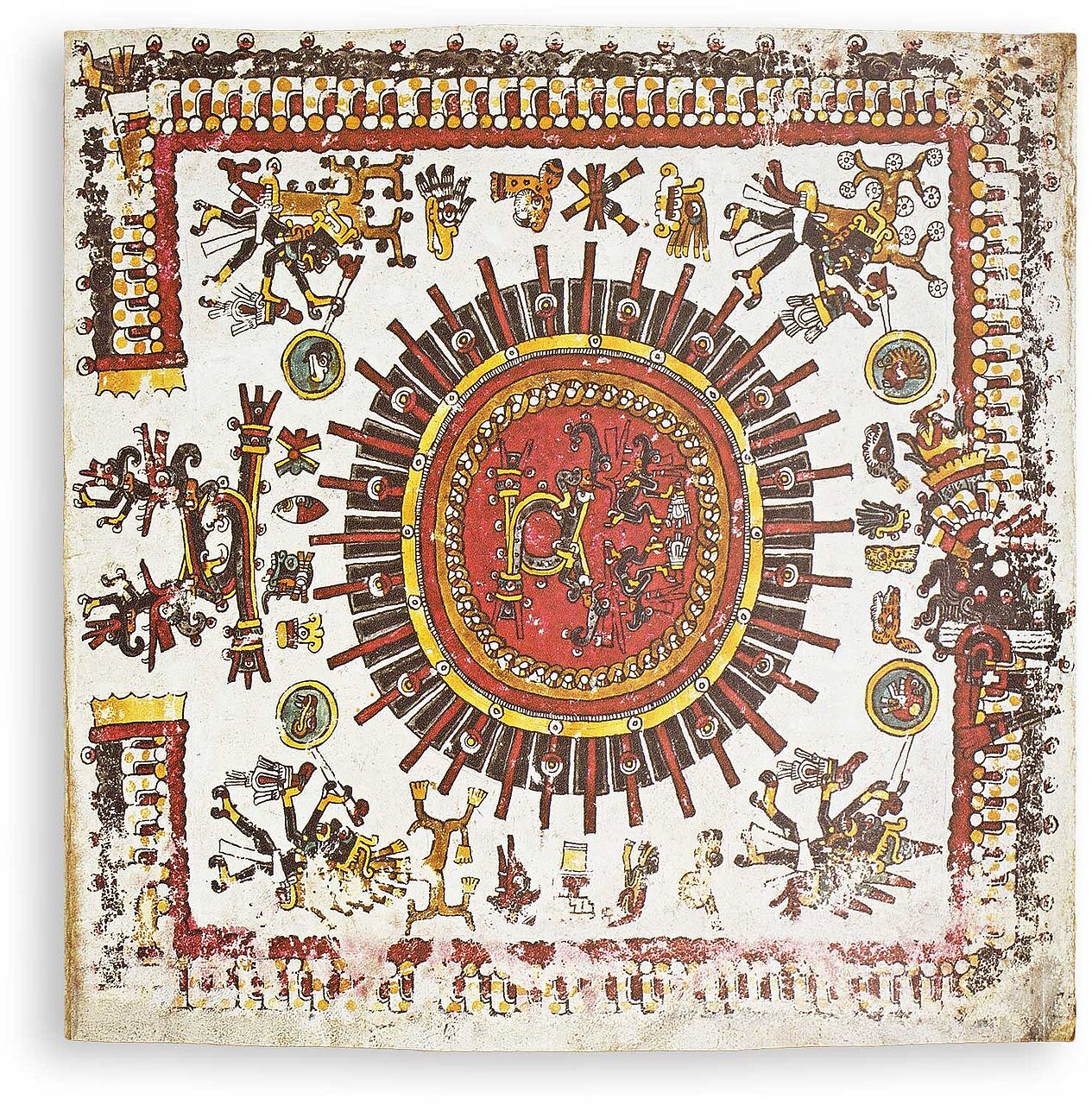
Codex Borgia
Veintana Festivals
This curious miniature page depicts deceased deities in the underworld, the cardinal directions, and signs for the 20-day period known as the Veintena in Spanish, which was part of a secondary Aztec calendar not tied to the lunar cycle. The four cardinal points on the compass are appended with a fifth central direction, represented by a human skull.
The numbers 4 and 5 are particularly significant for the Aztec religion, just as the numbers 3 and 7 feature prominently in the Bible. Thus, the central direction is the heart of the world where earth, sky, and underworld meet and holds a central position in the Aztec religion – ensuring the sky would not collapse – and also served as a symbol of the current age, which the Aztecs called the Fifth Sun.





